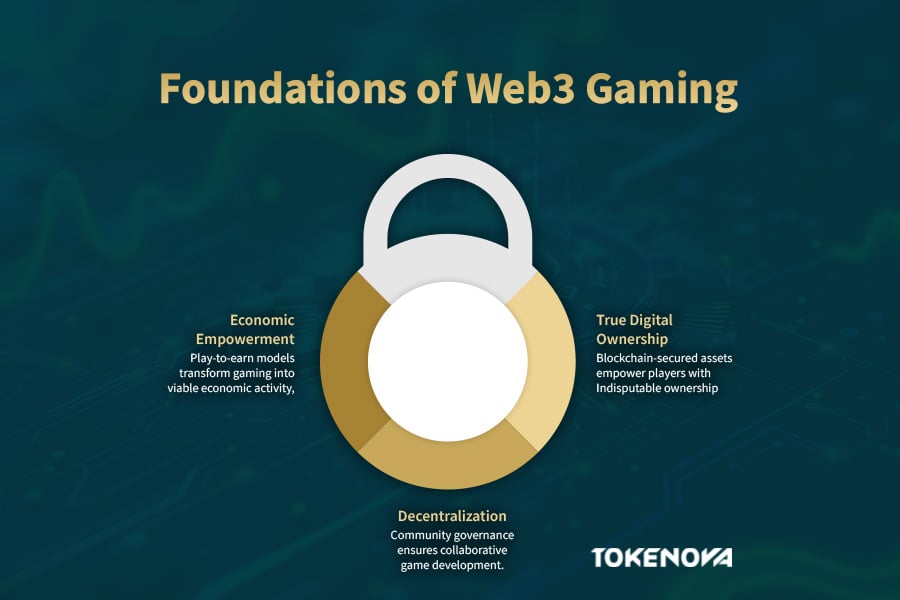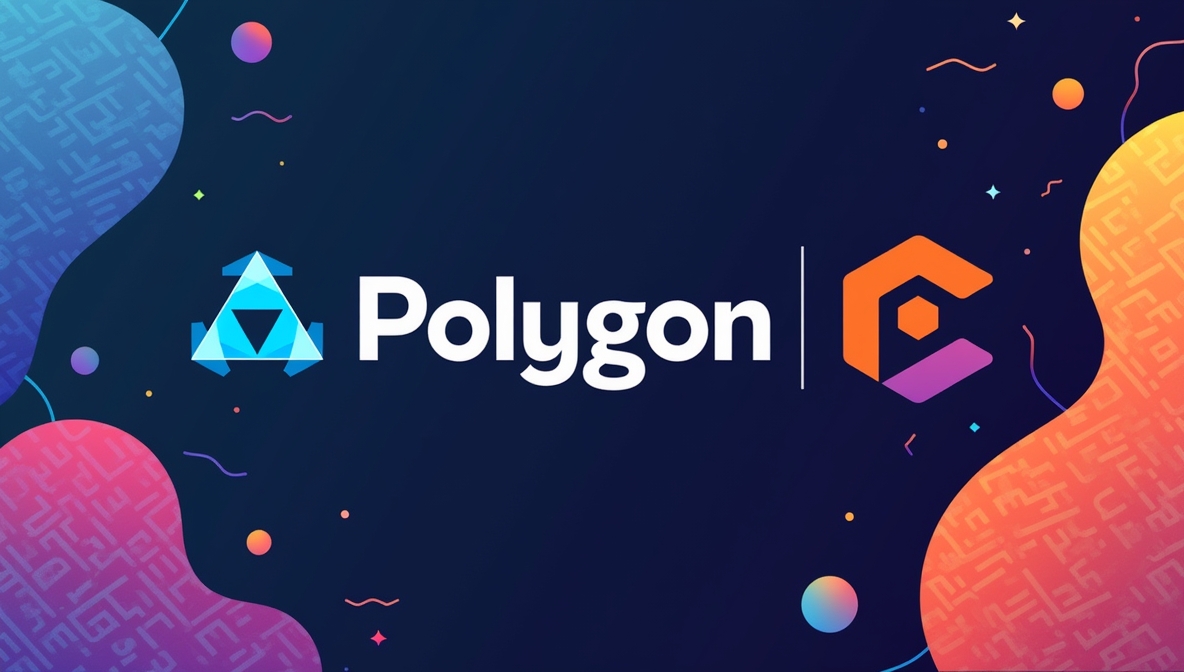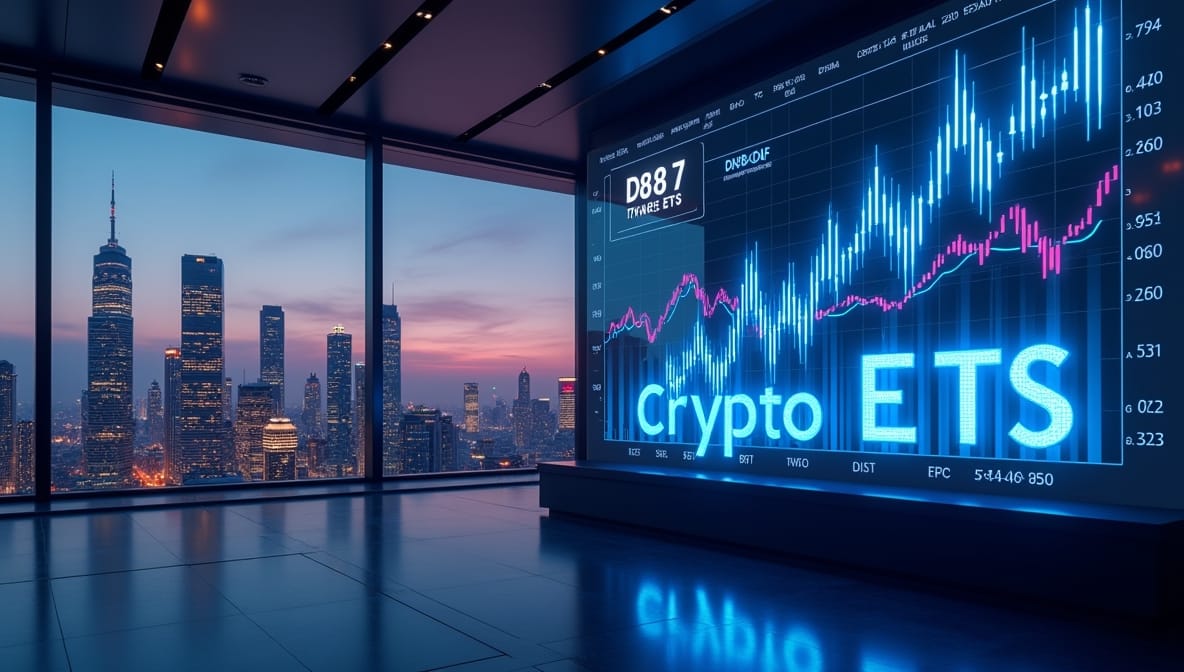Web3 gaming trends are revolutionizing digital play by merging blockchain technology with immersive gaming experiences. These trends empower players with true asset ownership, innovative economic models, and decentralized governance. In this article, we explore how these trends are reshaping the gaming landscape, driving market growth, and paving the way for a new era of interactive entertainment. Whether you’re a gamer, developer, or investor, understanding these trends is essential for navigating the future of digital play.
The Rise of Web3 Gaming Trends
Web3 gaming trends have emerged as a transformative force in the digital entertainment arena. This section examines how the integration of blockchain technology into gaming has led to a fundamental shift in how games are developed, played, and monetized. By challenging traditional models, these trends are creating more engaging, secure, and player-centric environments.
A Paradigm Shift in Gaming
The gaming industry is undergoing a seismic shift as decentralized platforms take center stage. Traditional games, where players have limited control over in-game assets, are being replaced by ecosystems that emphasize verifiable ownership and community-driven decision-making. With the rise of web3 gaming trends, players are now able to earn cryptocurrencies, trade NFTs, and participate in governance decisions, all of which contribute to a more equitable distribution of value. This evolution is setting the stage for a gaming ecosystem where creativity and financial incentives coexist harmoniously.
What is Web3 Gaming and Why It’s Trending?
This section delves into the core concept of web3 gaming and the key factors behind its rapid adoption. The fusion of blockchain with gaming not only redefines asset ownership but also transforms economic models and community engagement within digital worlds.

Defining Web3 Gaming
Web3 gaming leverages blockchain technology to create gaming experiences where players truly own their digital assets. Unlike traditional games that restrict asset ownership, web3 gaming trends enable gamers to buy, sell, and trade in-game items as secure, verifiable tokens. This model is built on decentralized principles that shift power from developers to players, fostering environments where every participant can contribute to the ecosystem’s success.
Why It’s Trending Now
The surge in popularity of web3 gaming trends is driven by several factors:
- Economic Incentives: Play-to-earn (P2E) and play-and-earn (P&E) models allow gamers to generate real-world income.
- Enhanced Security: Blockchain’s immutable ledger ensures the integrity and authenticity of digital assets.
- Community Empowerment: Decentralized governance gives players a direct role in game development and decision-making. Recent research indicates that the web3 gaming trends market is growing at an impressive compound annual growth rate of 30%, underscoring its long-term potential.
Key Principles Underpinning Web3 Gaming Trends
A clear understanding of the fundamental principles behind web3 gaming trends is crucial to appreciating their transformative impact. This section outlines the core elements that enable decentralized gaming ecosystems to flourish, setting them apart from conventional models.

True Digital Ownership
Web3 gaming trends are built on the promise of genuine digital ownership. Blockchain technology and non-fungible tokens (NFTs) provide players with the ability to own unique, scarce in-game assets. Whether it’s rare weapons, exclusive costumes, or virtual real estate, these assets are stored on the blockchain, ensuring that ownership is indisputable and transferable across different platforms. This model not only secures asset value but also empowers players to monetize their digital collections independently.
Decentralization and Community Governance
A hallmark of web3 gaming trends is the shift from centralized control to decentralized management. By integrating decentralized autonomous organizations (DAOs) into the gaming framework, developers are enabling communities to have a direct influence on game development. Players can propose and vote on updates, ensuring that the gaming environment evolves in a way that reflects collective interests. This participatory model builds trust and promotes a collaborative approach to game innovation.
Economic Empowerment
The financial revolution brought by web3 gaming trends is reshaping traditional monetization models. Play-to-earn and play-and-earn systems allow players to accumulate real-world value through their in-game efforts. These economic models are designed to reward active participation, balancing the in-game economy to prevent inflation while ensuring sustainability. The infusion of robust tokenomics transforms gaming from a mere pastime into a viable economic activity, thereby attracting a diverse audience ranging from casual gamers to serious investors.
The Current State of the Web3 Gaming Trends Market
Understanding the current market dynamics is essential to grasp the scale and potential of web3 gaming trends. This section presents an overview of regional adoption, market milestones, and the technological advancements propelling the industry forward.
Market Expansion and Regional Adoption
The web3 gaming trends market is witnessing robust expansion, fueled by a combination of technological advancements and increasing mainstream interest. As of early 2025, North America leads the digital play revolution and the global market. Asia currently drives the global Web3 gaming market, with countries like China, South Korea, and Japan contributing the largest share. However, significant growth is also observed in Southeast Asia and Europe, where regulatory clarity and tech-savvy populations rapidly embrace decentralized gaming platforms. This global spread highlights the universal appeal of web3 gaming trends and their potential to transform the gaming landscape worldwide.

Recent industry milestones underscore the momentum behind web3 gaming trends. One of the most notable events is the global launch of RavenQuest, an open-world MMORPG that garnered over one million unique Twitch viewers and secured 250,000 active players during its early access phase. Such events validate the market’s appetite for high-quality, blockchain-integrated games and demonstrate that digital ownership and decentralized governance are no longer niche concepts but mainstream realities.
Did you Know? The Ethereum segment dominated the Web3 gaming industry in 2024, holding a market share of more than 48.6%.
Key Web3 Gaming Trends Shaping the Industry
This section offers an in-depth exploration of the major trends that are actively influencing the evolution of digital play. By examining these trends, we gain insight into the innovative practices and technologies that are driving the shift toward decentralized gaming ecosystems.
1. Play-to-Earn (P2E) and Play-and-Earn (P&E) Models
One of the most significant developments in web3 gaming trends is the emergence of play-to-earn (P2E) and play-and-earn (P&E) models. These systems allow players to convert in-game achievements into tangible rewards, such as cryptocurrencies or NFTs. Early iterations of P2E faced challenges related to unsustainable token economies, but modern P&E models have evolved to balance financial incentives with compelling gameplay. For instance, titles like RavenQuest utilize sophisticated tokenomics to ensure that rewards are distributed fairly, fostering a dynamic in-game economy that rewards both skill and participation.
2. NFTs and In-Game Asset Ownership
NFTs have become a cornerstone of web3 gaming trends, fundamentally altering how digital assets are perceived and managed. These tokens provide a secure method for establishing the uniqueness and scarcity of in-game items. Beyond simple collectibles, NFTs are now integral to gameplay, enabling features such as asset interoperability across different games. For example, games like Off the Grid integrate NFTs to offer players not only aesthetic enhancements but also functional benefits within the game. This advancement reinforces the concept of true digital ownership and has opened up new avenues for asset monetization.
3. Metaverse Integration and Immersive Experiences
The convergence of web3 gaming trends with metaverse technologies is leading to the creation of expansive, immersive digital worlds. These metaverse environments transcend traditional gaming by offering spaces for social interaction, digital commerce, and creative collaboration. Platforms such as Decentraland are at the forefront of this integration, introducing features like desktop applications and daily token rewards to enhance user engagement. The seamless blend of web3 gaming trends with virtual reality elements is setting new benchmarks for interactivity and immersion in digital play.
4. Decentralized Gaming Platforms and Ecosystems
Decentralized gaming platforms are emerging as viable alternatives to traditional, centralized gaming networks. These platforms are built to support a wide range of functionalities, including wallet integration, NFT marketplaces, and cross-game interoperability. By removing traditional gatekeepers, they empower developers to experiment with new business models and revenue-sharing arrangements. Companies like Immutable are leading the charge, launching multiple titles that capitalize on the benefits of decentralized ecosystems. This trend not only democratizes the gaming experience but also fosters a more equitable distribution of profits among creators and players.
5. DAO Governance in Gaming
Decentralized Autonomous Organizations (DAOs) are revolutionizing governance in the gaming industry. Within the framework of web3 gaming trends, DAOs enable players to have a direct say in the development and evolution of their favorite games. By utilizing token-based voting systems, these organizations ensure that community feedback is at the heart of decision-making processes. This participatory model enhances transparency, reduces the risk of unilateral decisions, and creates a more resilient and responsive gaming ecosystem. As players transition from mere consumers to active stakeholders, the impact of DAO governance is becoming increasingly significant.
6. Cross-Chain and Interoperable Gaming
Interoperability is a defining feature of modern web3 gaming trends, allowing digital assets to move freely across different blockchain networks. Cross-chain technology facilitates this seamless interaction, enabling gamers to utilize their assets in various environments. For instance, games like BADMAD ROBOTS incorporate NFT crafting features that allow players to transform collectibles into tradeable assets across multiple platforms. This capability not only broadens the market reach of digital assets but also enriches the overall gaming experience by unifying previously isolated ecosystems.
Challenges and Opportunities in Web3 Gaming Trends
Every revolutionary shift encounters obstacles, and web3 gaming trends are no exception. This section explores the challenges that impede mainstream adoption and the opportunities that arise from these hurdles, offering a balanced perspective on the future trajectory of decentralized gaming.
Challenges Facing Adoption
Despite their immense potential, web3 gaming trends face several significant challenges. One major barrier is the steep learning curve associated with blockchain technology—gamers often need to manage cryptocurrency wallets, understand private key security, and navigate unfamiliar digital marketplaces. This complexity can deter casual players accustomed to seamless gaming experiences. Furthermore, early implementations of tokenomics have sometimes led to inflationary pressures and unsustainable economic models. Security concerns, including the risk of hacking, cheating, and botting, also present ongoing challenges. Additionally, regulatory uncertainties across different jurisdictions add another layer of complexity that developers must address to achieve widespread adoption.
Opportunities for Innovation and Growth
Conversely, the challenges in web3 gaming trends pave the way for innovative solutions and growth opportunities. The integration of artificial intelligence (AI) is poised to streamline complex processes, such as wallet setup and transaction management, thereby reducing user friction. AI-driven content generation and dynamic economic modeling can further enhance gameplay, making virtual environments more engaging and resilient. The shift toward mobile gaming also presents vast potential, as decentralized platforms develop mobile-first strategies to capture a broader audience. Moreover, novel revenue streams—such as secondary market royalties and subscription-based governance models—offer promising avenues for sustainable economic growth. By addressing these challenges head-on, the industry can accelerate the mainstream adoption of web3 gaming trends.
Future Outlook: The Evolution of Web3 Gaming Trends
Looking forward, the evolution of web3 gaming trends is set to redefine the digital play landscape in profound ways. This section examines market projections, emerging technologies, and the long-term impacts of decentralized gaming on the broader industry.
Predictions for Growth and Adoption
Market analysts predict that web3 gaming trends will continue their robust expansion over the coming years. With projections indicating that the global market could exceed USD 133 billion by the end of the decade, early adoption among crypto-native users is expected to spread to traditional gamers. The implementation of “crypto-invisible” solutions—where blockchain operations run seamlessly in the background—will further drive this transition. As regulatory clarity improves and sustainable business models emerge, mainstream adoption is poised to accelerate, cementing the role of web3 gaming trends in the future of digital play.
Emerging Technologies and Trends to Watch
The next wave of innovation in web3 gaming trends is likely to be driven by the convergence of several advanced technologies. Virtual and augmented reality (VR/AR) integration promises to create more immersive gaming environments, with projections suggesting that the VR/AR segment could reach market values exceeding USD 18 billion by 2032. Meanwhile, AI will continue to play a crucial role in enhancing gameplay mechanics, from procedural content generation to adaptive economic modeling. Developments in cross-chain interoperability and standardized blockchain protocols will further unify disparate digital ecosystems, ensuring that players enjoy a seamless experience across multiple platforms.
Long-term Impact on the Gaming Industry
In the long run, web3 gaming trends are set to leave a lasting impact on the entire gaming industry. As digital ownership and decentralized governance become more prevalent, traditional gaming companies may adopt these models to remain competitive. The shift in power from centralized developers to community-driven ecosystems will lead to more equitable value distribution, encouraging continuous innovation and deeper player engagement. Over time, the integration of web3 gaming trends into mainstream platforms could redefine the relationship between players and developers, transforming digital play into a truly collaborative and economically rewarding experience.
Conclusion
Web3 gaming trends are redefining the future of digital play by merging blockchain technology with immersive, community-driven experiences. With true digital ownership, innovative economic models, and decentralized governance, these trends promise a more engaging and equitable gaming ecosystem. As stakeholders embrace these changes, the landscape of digital play will continue to evolve, paving the way for a transformative era in gaming.











